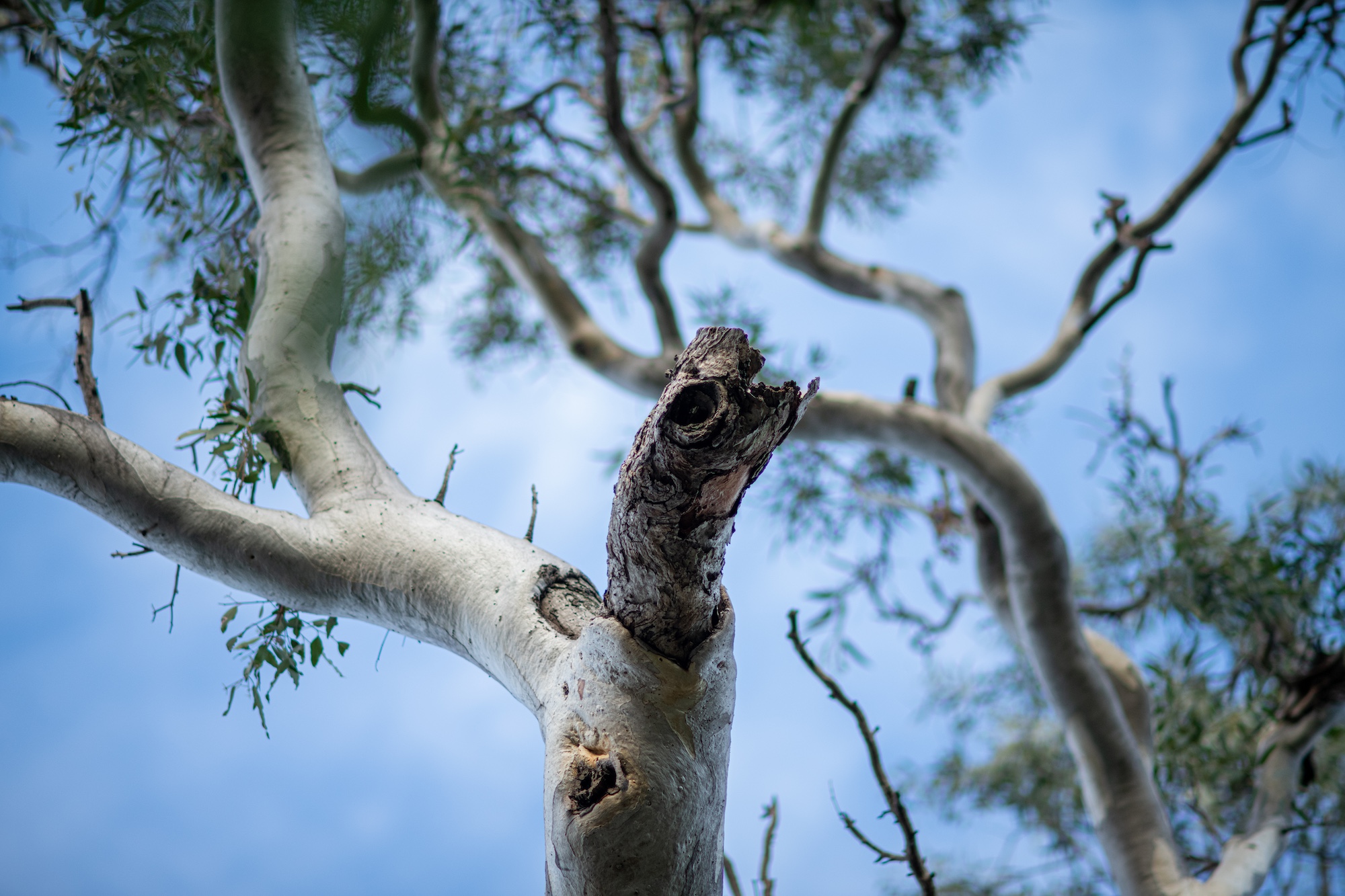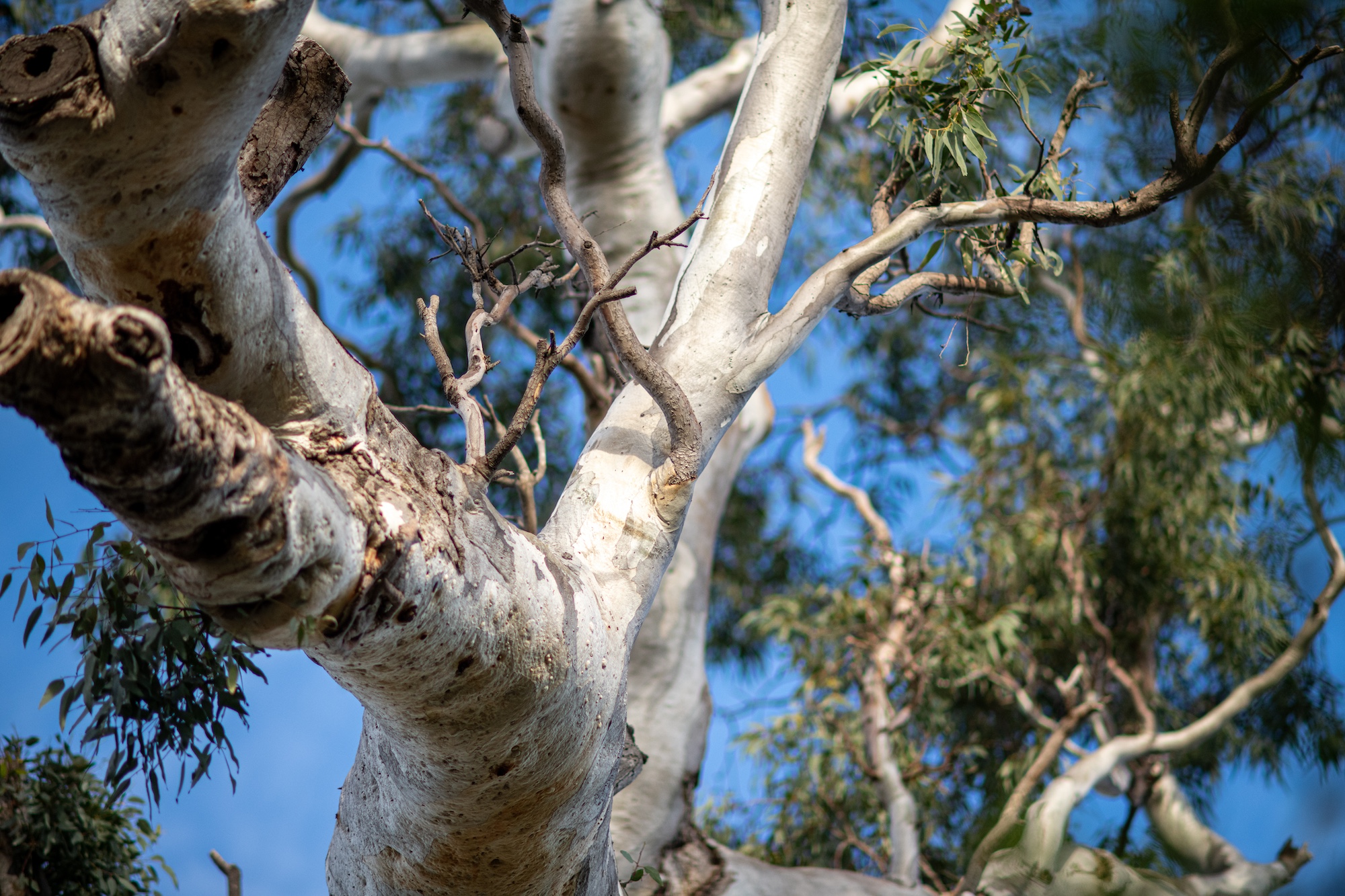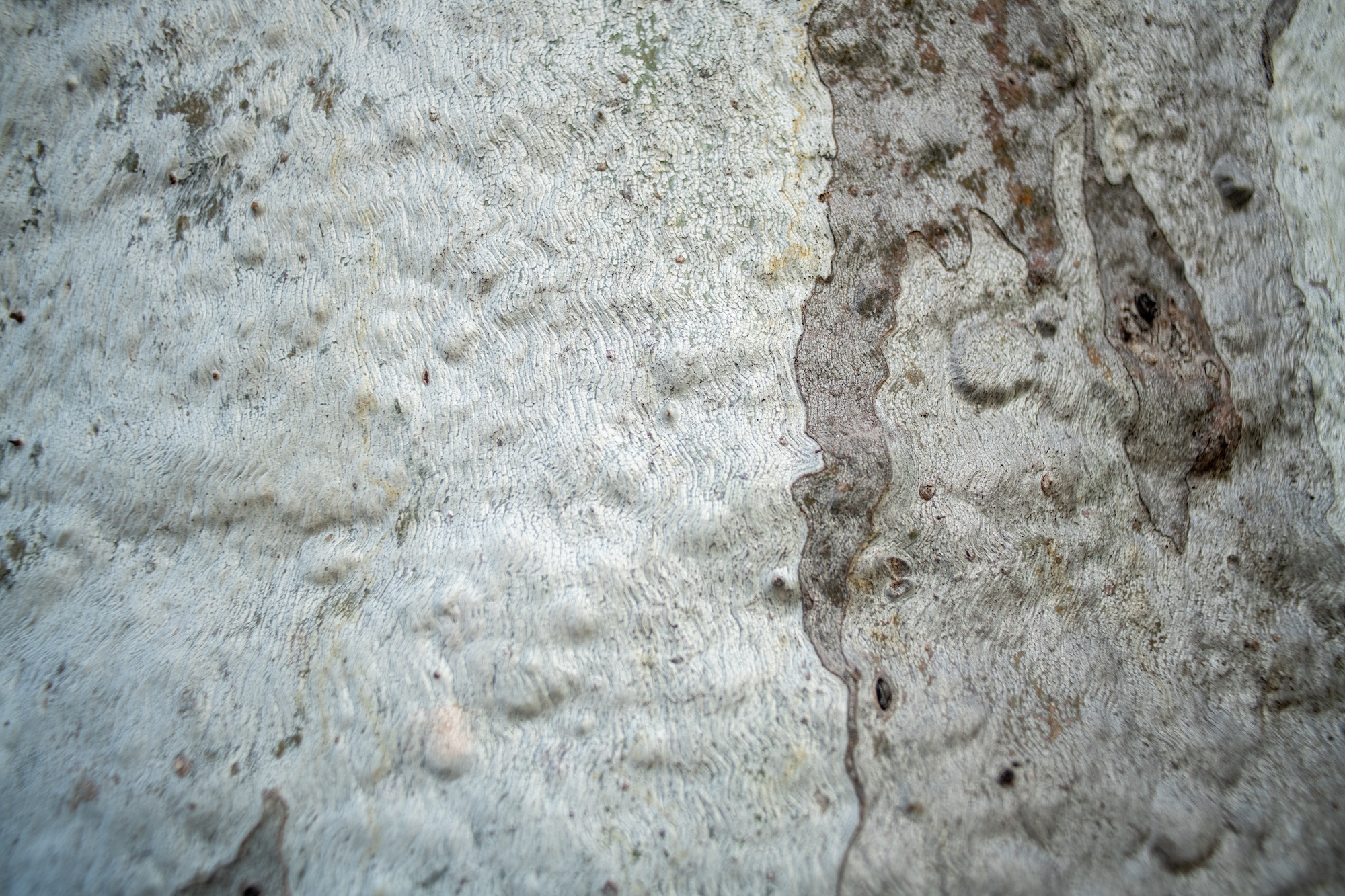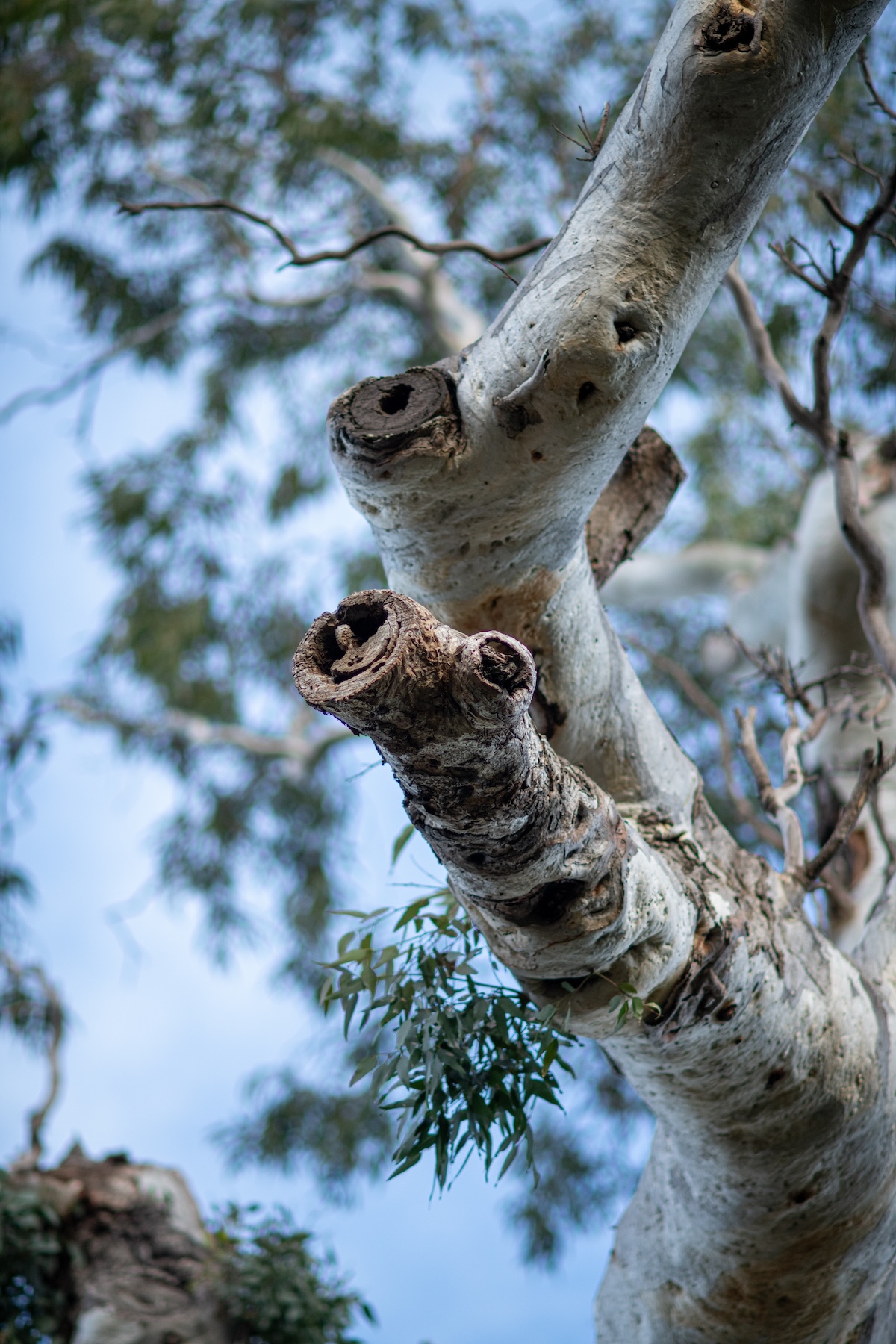Euro-Yroke History





These lands, known as Euro-Yroke, belong to the Yalukit Willam, meaning ‘river home’ or ‘people of the river’, a clan of the greater Kulin Nation. More than just a geographical location, Euro-Yroke serves as a cultural crossroads where stories are shared, traditions are passed down, and connections to country are deepened.
It is said that Bunjil, Great Ancestor Spirit of the Wedge-Tailed Eagle, shaped this earth with his mighty wings and powerful spirit. With each beat of his wings, he formed towering mountains, carved winding rivers, and painted the sky with hues of blue and gold. Breathing life into the land, Bunjil filled it with diverse flora and fauna, laying the foundation for flourishing ecosystems that sustain life to this day.
Bunjil's influence extends across all aspects of Yalukit Willam life, profoundly shaping economy, law, kinship, medicine, and justice.
Traditional economies, rooted in hunting, gathering, fishing, and agriculture, reflect Bunjil's teachings of harmony with nature and
responsible resource management.
As a revered lawgiver, Bunjil established moral codes and societal norms that uphold principles of justice, fairness, and respect for all
beings. His teachings foster strong kinship bonds, emphasising the importance of family, community, and interconnectedness. Bunjil's
concepts of justice prioritise restoration, reconciliation, and community accountability, guided by principles of fairness, equity, and
ethical conduct.
Long before water enveloped our current coastline, Euro-Yroke was a vibrant landscape of kangaroo grounds, where the Yalukit Willam thrived for thousands of years. Characterised by vast expanses of open grasslands and scrub, these grounds were carefully managed through controlled burning techniques to maintain ecological balance. However, geological forces around 6,000 to 8,000 years ago led to a profound transformation of the landscape. Rising sea levels caused by post-glacial inundation resulted in the formation of Port Phillip Bay (Nairm), submerging vast areas of the former kangaroo grounds underwater and reshaping the coastline of the region.
The site where Linden New Art now stands, situated at the intersection of land and sea, would have been a strategic vantage point for gatherings, exchanges, and ceremonies. Its proximity to natural features, like the foreshore and nearby waterways, would have provided easy access to vital resources, facilitating communication and interaction between different clans and communities. This would have made it an ideal hub for social, cultural, and economic activities, fostering a sense of community and belonging for generations.


IMAGES > The Ngargee tree near St Kilda’s Junction Oval.
Grinding stone places along the shoreline were central to community not just as site to sharpen tools but they were focal points for communal activities. Over generations, these sites became imbued with significance, linking past, present, and future in an unbroken chain of cultural continuity.
The surrounding bay provided a rich array of seafood, a staple of the Yalukit Willam's diet, evidenced by shell middens along the coastline. Additionally, the surrounding lands offered a wealth of plant-based foods. Low-lying coastal areas, including wetlands formed around the mouths of rivers and creeks, provided diverse habitats for a wide range of plant and animal species.
We honour the enduring legacy of the Yalukit Willam people and their role in shaping the cultural landscape of this place. Acknowledging their deep connection to country, may the spirit of community and collaboration that has defined this area as a meeting place for all of time continue to inspire and guide us as we strive to build a more inclusive and equitable future for all who call this land home.
